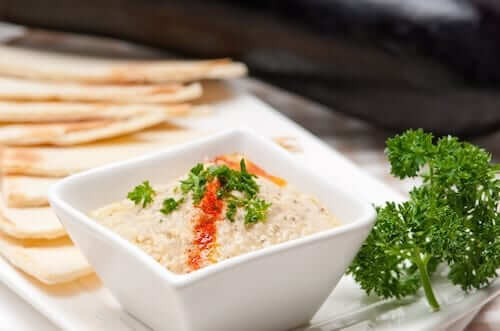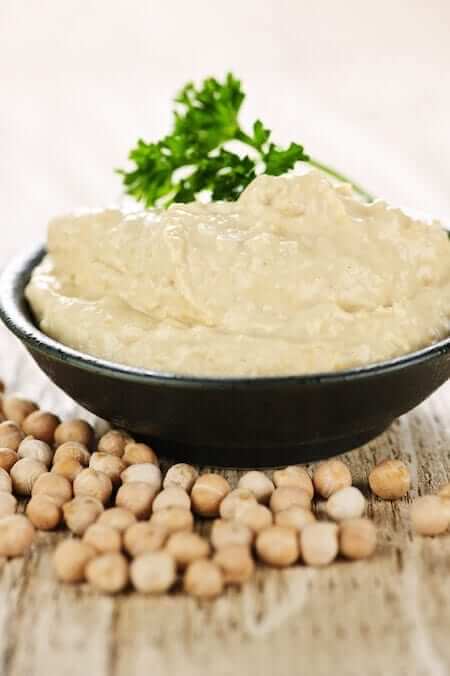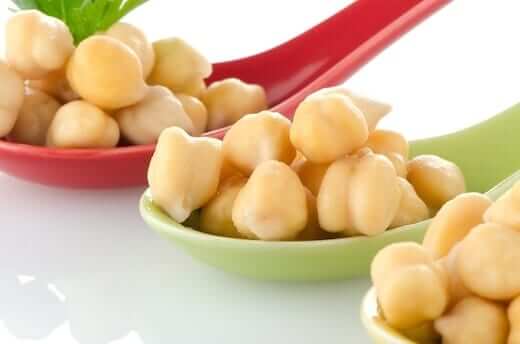What is Hummus?
So, what is hummus anyway? These days, it is almost impossible to find a menu without hummus as an option. From its humble beginnings as a Middle-Eastern delicacy, it has flourished into a billion dollar industry. You can use in sandwiches, pitas and even burgers. It is predicted it will replace mayonnaise as the healthier…
This post may contain affiliate links. Please read our disclosure policy.
So, what is hummus anyway? These days, it is almost impossible to find a menu without hummus as an option. From its humble beginnings as a Middle-Eastern delicacy, it has flourished into a billion dollar industry. You can use in sandwiches, pitas and even burgers. It is predicted it will replace mayonnaise as the healthier alternative and people can’t get enough of it. To regular consumers, it’s a way of life. The uninitiated, however, are still asking “what is hummus exactly”?

What is Hummus?
Hummus is a dip that can also be eaten as a spread. It is made with minimal ingredients that include chickpeas, lemon juice, garlic, olive oil, salt and tahini. Although these are the basic ingredients, cooks and hummus lovers have modified the recipe by adding red peppers, artichokes, spinach and other food products. Hummus can be served as a dip or as a sauce for sandwiches, pitas, wraps and many other meals of your choice.
What is Hummus’ Nutritional Benefit?
Hummus is made of natural ingredients that are sources of both protein and fiber. This makes the dip quite filling and healthy for your digestive system. In addition, it contains adequate amounts of vitamin B and folate. While vitamin B is best known for converting food eaten into energy, folate is valued for its ability to prevent a range of illnesses. Folate is highly recommended for pregnant women because it prevents fetal conditions.
To add to its impressive nutritional profile, hummus provides certain minerals as well. Among these minerals are magnesium and phosphorus. Both these minerals are essential for maintaining strong, functional muscle, bones and nerves. Other nutrients include iron and zinc, which are proven to improve immune and brain function.
What is Hummus’ Effect on Weight Loss?
Dieters should be cautious about the amount of hummus they consume. On one side, it contains protein and fiber, which makes you feel full faster and for longer. This means it can help you with appetite control. It also contains relatively low calories, with 4 tablespoons averaging at 100 calories.
On the other hand, hummus has a higher fat content. The fat is unsaturated, which is healthier. It is the sort of fat one finds in avocados, olive oil and nuts. However, be careful not to consume too much of this spread. The fat is still moderately high and can cause you to eat more calories than you expected.
What is Hummus’ Effect on Diabetes?
Millions of diabetics have already incorporated hummus as the go-to dip for snacks. Its carbohydrate content is very low and fiber acts as a gatekeeper for glucose. In other words, the small amount of carbs that hummus contains are released slowly into the bloodstream to prevent sugar spikes and dips.
How to Make Hummus at Home

Now that you know what hummus is, you can learn how to make it at home. One of the simplest ways to make it is to grab a cup of chickpeas, a few tablespoons of lemon juice and a clove of garlic. Add a pinch of salt, 2 tablespoons of olive oil, a tablespoon of tahini and throw all the ingredients into a processor. Adjust measurements according to preferred taste and experiment with other natural foods to enhance flavor.
So what is hummus? It is simply a delicious, all-natural dip and spread that you can eat with anything. It fills you up, keeps you full for longer and helps you keep a trim waistline. It is also a tasty source of minerals, vitamins and healthy fats.


Ligaya Broqueza says
I love all your recipes thanks for sharing
Esther Massoda says
Hi there
Tahini is a sesame past it can be done at home too. It look like the peanut butter shape. you can use this recipe too with tahini ( Baba ghanoush ) it is with eggplant. These 2 recipes are very well known in the middle east. For the recipe of the tahini you can roast the sesame in a frying pan and then grind them with your machine until they become as a past. you can substitute the tahini with yogurt but it won t taste the same. You can get a can or a jar of the tahini from your own supermarket or grocery store or the middle east store by mail or from EBAY, AMAZON. Good luck and bon appetite.
bee says
its sesame seed.
jeraldine cureg says
What is tahini?i would like to try this humus recipe.i think i would love this.but i dont know how does tahini looks like and if ever i cant find this thing in the grocery, what other thing can i used as a substitute for this “tahini”.i would be very happy if i receive response regarding this.thank you.